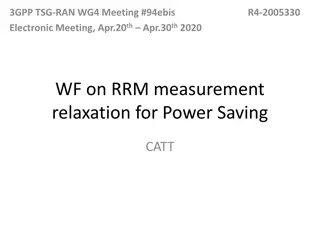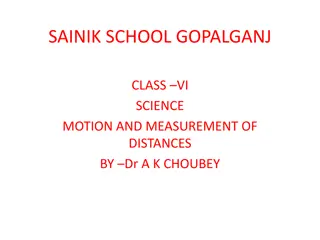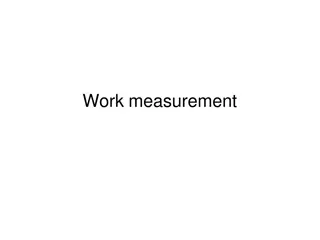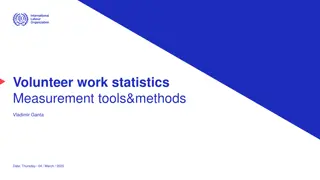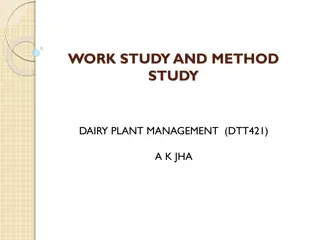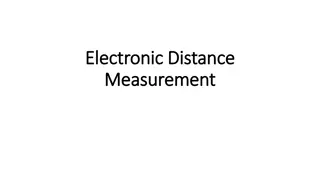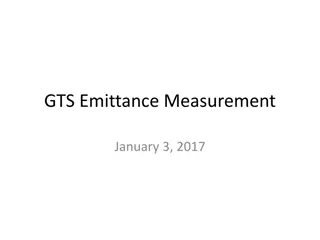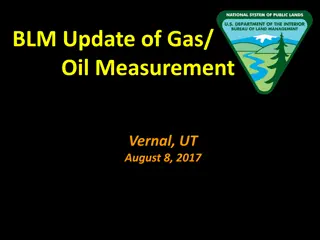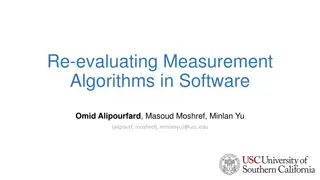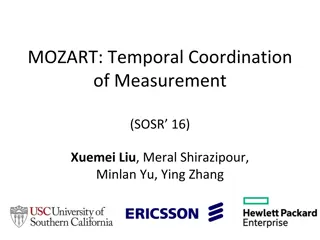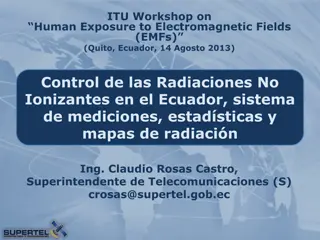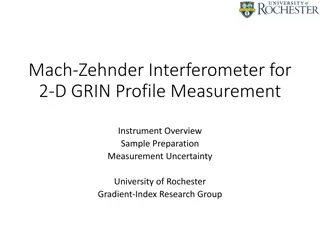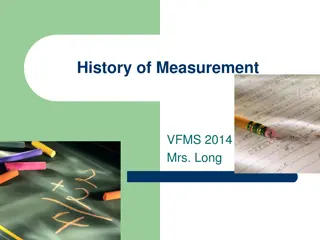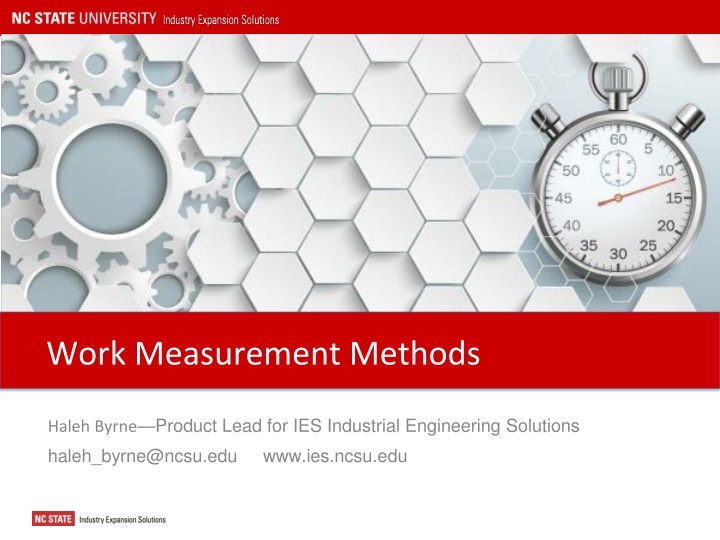
Effective Work Measurement Methods for Improved Industrial Efficiency
Enhance industrial efficiency through comprehensive work measurement methods like time standards, PDSA approach, and the implications of lacking correct standard times. Learn how work measurement can optimize production planning, reduce excess inventory, and cut manufacturing costs. Discover the importance of keeping score in work measurement for accurate results and resource allocation.
Download Presentation

Please find below an Image/Link to download the presentation.
The content on the website is provided AS IS for your information and personal use only. It may not be sold, licensed, or shared on other websites without obtaining consent from the author. If you encounter any issues during the download, it is possible that the publisher has removed the file from their server.
You are allowed to download the files provided on this website for personal or commercial use, subject to the condition that they are used lawfully. All files are the property of their respective owners.
The content on the website is provided AS IS for your information and personal use only. It may not be sold, licensed, or shared on other websites without obtaining consent from the author.
E N D
Presentation Transcript
Work Measurement Methods Haleh Byrne Product Lead for IES Industrial Engineering Solutions haleh_byrne@ncsu.edu www.ies.ncsu.edu
If youre not keeping score, you are just practicing. Vince Lombardi
What is Work Measurement? Work Measurement is the determination of the length of time it should take to complete a job. Systematic determination of the amount of effective physical and mental work in terms of work units in a specified task.
Time Standards. When to Use? Product costing System simulation Delivery Labor requirements Capacity analysis Determination of wage payment plans Equipment purchase justification Labor law compliance Efficiency improvement: scope and requirement System simulation Lean Six Sigma application
Lack of Correct Standard Times? Implications? Unpredictable time Unpredictable results Inefficient allocation of resources Inaccurate operation cost estimates
The Whole Picture Lean Six Sigma application Focus on Time assessment and management Work Measurement Improved production planning and scheduling Excess inventory reduction Increased capability to adapt customer demand Manufacturing costs reduction
PDSA Approach to Work Measurement IDENTIFY SCOPE MODULES MEASURE DEVELOP PROCESS FLOW CHART UNDERSTAND THE PROCESS DEFINE VARIABLES ASSESS NEEDED RESOURCES SELECT MEASUREMENT SYSTEM PLAN DATA COLLECTION MODULES MEASURE WORK- TIME AND MOTION STUDY APPLICATION COLLECT/RECORD DATA MONITOR OUTPUTS CATEGORIZE THE RESULTS Plan DO Study ACT ASSESS AND COMMUNICATE OPTIMIZE DATA ANALYSIS TIME STUDY VALIDATE CURRENT APPROACH DETERMINE RESOURCE AVAILIBILIY COMMUNICATE RESULTS BUILD SIMULATION MODEL IDENTIFY OPTIMIZED STATE OF PARAMETERS DETERMINE RESOURCE ALLOCATION DOCUMENT STANDARIZED WORK FOR FUTURE STATE
Keys to Success Involve employees Have information and manage expectations Prepare and motivate people Work Measurement program success
Work Measurement Benefits Common currency for the evaluation and comparison of all types of work Methods improvement Performance standard provision Allows for additional compensation for better performance Cost reduction by focusing on productivity improvement and elimination of waste in the process


